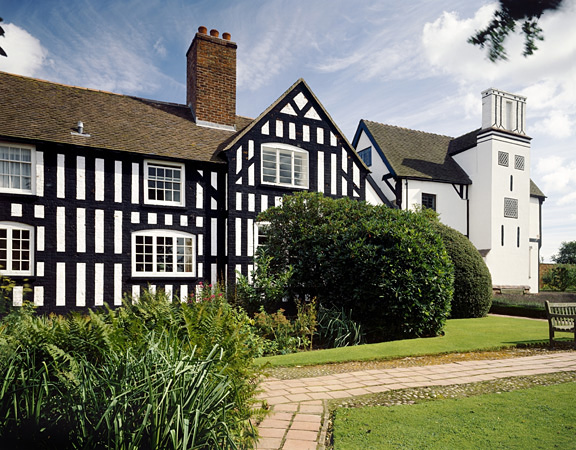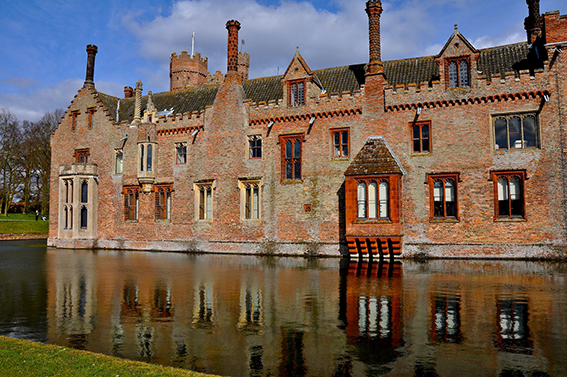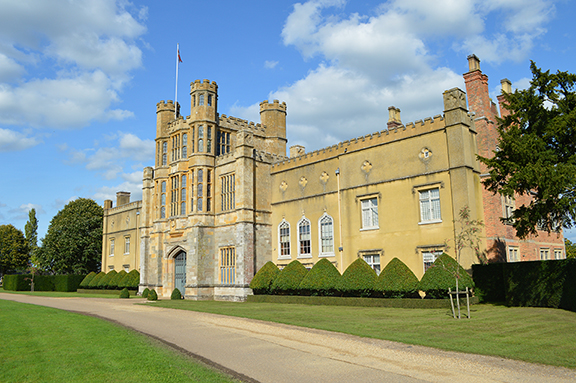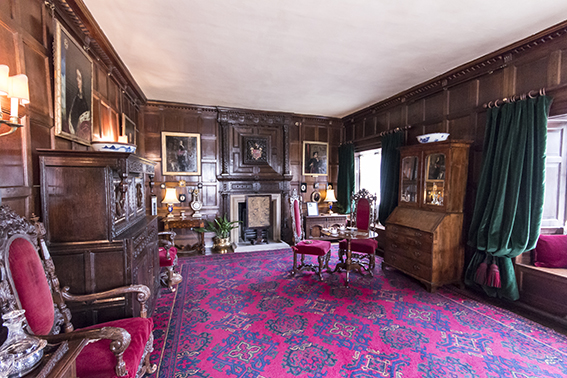During the English Reformation in the 16th century, it was a crime punishable by death to be a Catholic. As a result, many noble families still loyal to the faith installed hiding places into their properties to accommodate important visits from their priests.
Words: Nadine Stackhouse
These holes were far from glamorous however; the men would have had to endure cramped, claustrophobic conditions below floorboards or behind walls, in order to avoid persecution.
Boscobel House

The house that saved a King, Boscobel House sheltered a young Prince Charles in the attic’s priest hole after his defeat at the Battle of Worcester in 1651. Charles successfully escaped the English Civil War by boat to France, but later came back to restore the monarchy as King Charles II.
Harvington Hall
Still owned by the Catholic Church, Harvington Hall contains several secret hiding places created by mastermind Nicholas Owen, a Jesuit priest. Four were built around its main staircase, two lead to the attic, one is in a turret, and there may be more that have not been discovered yet…
Oxburgh Hall

A great medieval moated house, Oxburgh Hall is famous for its needlework made by Mary, Queen of Scots whilst imprisoned in England. The trap door to enter the priest hole ingeniously blends in with the tiled floor of the garderobe in a turret.
Baddesley Clinton
Rarely do we find out if priest holes have been used, but in the case of Baddesley Clinton, historians think they were put to the test in 1591. According to a confession, the house hosted a secret Jesuit conference that was raided by local authorities. The men managed to escape arrest by jumping into a passageway that led to a watery cave below the house.
Coughton Court

A Tudor mansion with an impressive gatehouse, Coughton Court has remained in the hands of the Throckmorton family since the 1400s. The turret cleverly contains a double priest hole. One exterior hiding space was designed to remain empty to fool the search party, whilst another concealed space behind it hid the priest.






 © 2024
© 2024